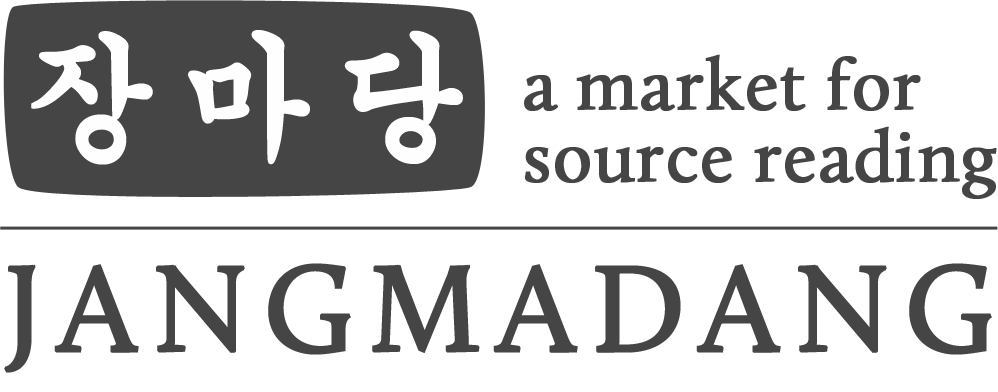Yongusil 82: Not So Hellish After All
“Hell Chosun” (헬조선) is a fashionable meme both inside and outside South Korea. As the latest in a long line of expressions of discontent (see: “Inferno Peninsula,” “Bankrupt Republic,” “5/7 Give-up Generation”), it has made its way from domestic message boards to the pages of the Washington Post. But what does Hell Chosun actually mean?
According to Se-Woong Koo, editor of the Korea Exposé blog and one of the first to write about the phrase in English, Hell Chosun is “an infernal feudal kingdom stuck in the nineteenth century.” In the words of historian-activist Park No-ja (aka Vladimir Tikhonov, a naturalized South Korean citizen from Russia), it is “a reference to the past [Chosun] dynasty… [which] alludes to a regressive society where the inheritance of status is almost fully institutionalized.” Pre-modern Korea, in other words, and a place with little opportunity for upward mobility.
I prod a bit further the meaning and explanatory value of this trendy buzzword in the latest issue of Korea Analysis, a French language Korean Studies journal based in Paris.1)Steven Denney, «Hell Chosun», expression de l’insatisfaction de la jeunesse sudcoréenne, Korea Analysis no. 9 (2016): 42-45. There, I find that memes like Hell Chosun are used in South Korea by certain segments of society (and those ostensibly representing them) to express an angst or uncertainty about present and future conditions.
I explain that young people are understood to be expressing a creeping sense of helplessness and futility in the face of bleak economic projections and an increasingly rigid and competitive labor market, something he says is most likely a function of post-1997 labor market reforms. Indeed, data corroborate this view. Longitudinal data collected over a number of years between 1982 and 2010 by the World Values Survey (WVS) for the question “How much freedom of choice and control do you have over your own life?” shows that young people today think they have less control over their lives than their counterparts did in the 1980s.
However, alternative measures offer a slightly different picture. As one JTBC-sponsored 1boon/Kakao online poll indicates, the Hell Chosun meme is less an expression of pessimism about growth projections or job prospects than it is frustration with current political conditions. Indeed, among those answering the online poll question “How do you view the ‘Hell Chosun’ phenomenon?,” nearly half (46%) answered “distrust of government.” 27 percent answered “insecurity about the future” and 13 percent answered “unfavorable working conditions.” If so, Hell Chosun (among those who believe Korea is a medieval hell at all) is an epithet used to discursively slam the incumbent government.
Another much needed counterbalance to the continual use of the “Hell Chosun” meme that goes unmentioned in the Korea Analysis piece is that its uncritical reproduction risks essentializing the hardships faced by young South Koreans when, in fact, there is nothing particularly unique about, say, the level of youth unemployment in the country. Put into comparative perspective, South Korea looks to be doing relatively well. Of course, the Tokyo Bureau Chief for the Washington Post, Anna Fifield, is right when she tweeted in response to criticism of the term “Hell Chosun” that “among young Koreans, this feeling [of helplessness] is very real, and having a real psychological impact.” But this does not detract from the fact that, comparatively speaking, if any country can be said to be going through hellish conditions, it probably isn’t South Korea. Try, instead: Greece, Spain, Italy, or Portugal, and that’s just among the rich countries of the world.
Notes
| ↑1 | Steven Denney, «Hell Chosun», expression de l’insatisfaction de la jeunesse sudcoréenne, Korea Analysis no. 9 (2016): 42-45. |
|---|





